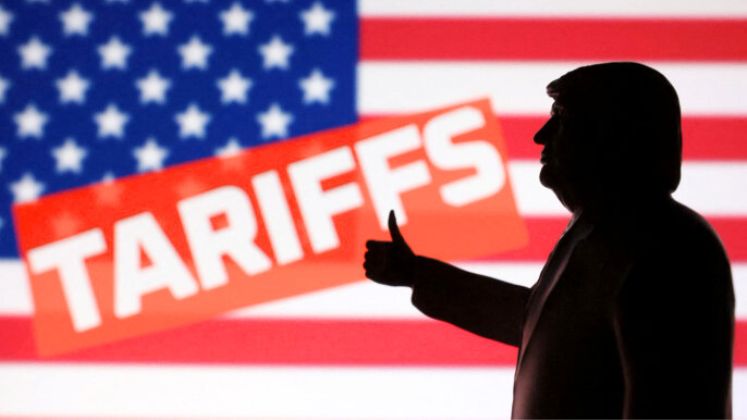
After weeks of intense negotiations and quiet anxieties behind closed doors, Bangladesh has managed to avert a potential trade crisis. The United States has officially slashed its tariff on Bangladeshi exports to 20% down from a looming 35% offering a crucial lifeline to the country’s garment sector and the millions of workers it supports.
The breakthrough came just hours before a midnight deadline in Washington. While many countries found themselves caught in the crossfire of President Donald Trump’s sweeping new tariff regime, some facing rates as high as 41%, Bangladesh walked away with terms that preserve its competitive footing in the global apparel race.
The reciprocal tariff mechanism, which is cumulative in nature, uses this 20% rate as a benchmark. This implies that this benchmark will be added to the current average tariff of 16%, making the overall tariff for Bangladeshi exports to the US market 36%.
While the 20% rate might sound steep, it’s important to understand how it works. For Bangladesh, the average existing tariff on its top five apparel exports, like shirts, trousers, polos, underwear and sweaters, is around 5% to 6%. So the final combined tariff for most of these key items will hover around 26%, significantly lower than what many feared. These five products made up 80% of the US $ 8.2 billion worth of garments Bangladesh exported to the US last year.
On the other hand, premium clothing items like coats, sportswear, activewear, skiwear, mountain wear, and fire-resistant clothing are subject to 30–32% tariffs. The main exporters of such luxury clothing to the United States are China and Vietnam.
For months, there were fears that Bangladesh could lose its hard-earned position in the US market, its largest export destination. As the Trump administration tightened its grip on trade policy, imposing aggressive tariffs in the name of national security and trade imbalances, Bangladesh found itself at a critical crossroads.
Commerce Adviser Sk Bashir Uddin, speaking from Washington, admitted they were hoping for an even lower rate. “But compared to what could’ve happened, we’re still in a strong position,” he said. “We’ve avoided the worst-case scenario.”
In contrast, India, one of Bangladesh’s key competitors in apparel, now faces a 25% tariff, five points higher. China, which still dominates the global garment trade, is under a 30% tariff and continues to negotiate. Even Vietnam, long seen as Bangladesh’s closest rival, faces similar benchmarks but with added vulnerabilities, especially due to its reliance on Chinese raw materials.
“There’s a window here,” said Rubana Huq, former BGMEA president. “Buyers are rethinking sourcing strategies. If we can act fast, improve logistics and ensure energy supply to factories, we can claim a bigger share of the market.”
According to the White House, the final tariff levels reflect each country’s “depth of commitment” to addressing US concerns, ranging from trade deficits to domestic regulatory barriers.
While this moment is being celebrated, industry insiders know it’s not the end of the story. For Bangladesh to truly seize the opportunity, it must act swiftly, attract investment, upgrade infrastructure and ensure smoother business operations.






